«You have the potential to generate an extra $20,000 each month». Kazakhstani team creates smart assistant for advancing railway transportation

“One day, while I was working on a website for a project at a cafe and conversing in English, a man approached me and inquired if I had a background in IT. I nodded in confirmation. Following that, he proposed the idea of developing a system for detecting defects on asphalt roads. Meanwhile, my friends were working on software to identify weeds. Recognizing the similarities in algorithms, I agreed,” - Anuar Sarsembinov, founder and CEO of Smart System Technologies, succinctly recounts the inception of the company.
Presently, the company focuses on AI-driven software development, with its flagship product being a smart freight rail transport scheduler known as MultiCode.
During an interview for the collaborative project “100 Startup Stories of Kazakhstan” between Digital Business and Astana Hub, Anuar discussed how their software enables owners of rolling stock to generate tens of thousands of additional dollars per month. He also explained the challenges in selling such products within Kazakhstan and expressed his views on the potential readiness of freight railway transport for Uber-like transformation.
“I intended to establish a geothermal power station aimed at generating electricity from the thermal energy of underground springs, similar to the practices in Iceland”
– Upon enrolling at Nazarbayev University, you had aspirations of pursuing a career as a chemical engineer. At what juncture did startups become a part of this narrative?
– For a prolonged period, my desire was to work at a factory and earn a monthly income of 700-800 thousand tenge. However, after experiencing practical lessons at the factories, I realized that such a life didn't truly inspire me; I wanted something more captivating.
During my third year of studies, I joined the Astana Business Campus incubator program. I initially aimed to establish a geothermal power station, leveraging the thermal energy from underground springs, inspired by practices in Iceland. Kazakhstan displayed significant potential. However, the project's realization demanded approximately $50 million.

The program mentors suggested shifting to something less intricate. This led to the idea of developing smart valves to regulate heating coils, ensuring even heat distribution. I found a partner capable of creating such controllers, and together, we prepared a product. Unfortunately, our sales efforts faltered, marking the onset of my first fuckup.
– Did this setback dampen your enthusiasm for startups?
– Somewhat. After completing my studies at Nazarbayev University, I enrolled in the master's program at Politecnico di Milano. Once again, I contemplated pursuing a career as a hired employee. However, the outbreak of the coronavirus pandemic led to the transition to remote studies.
To avoid sitting idle, I took the initiative to launch a new startup - a subscription service for fruits and vegetables known as Greenbox. The concept of subscribing to various products (books, wine, food items, etc.) delivered weekly is popular in Western countries, and I wanted to test it in Kazakhstan.
Soon, I began receiving initial orders. Every Friday, I would visit the market, gather boxes of fresh produce, and deliver them to customers. Sales were promising, and I even managed to earn a decent income.
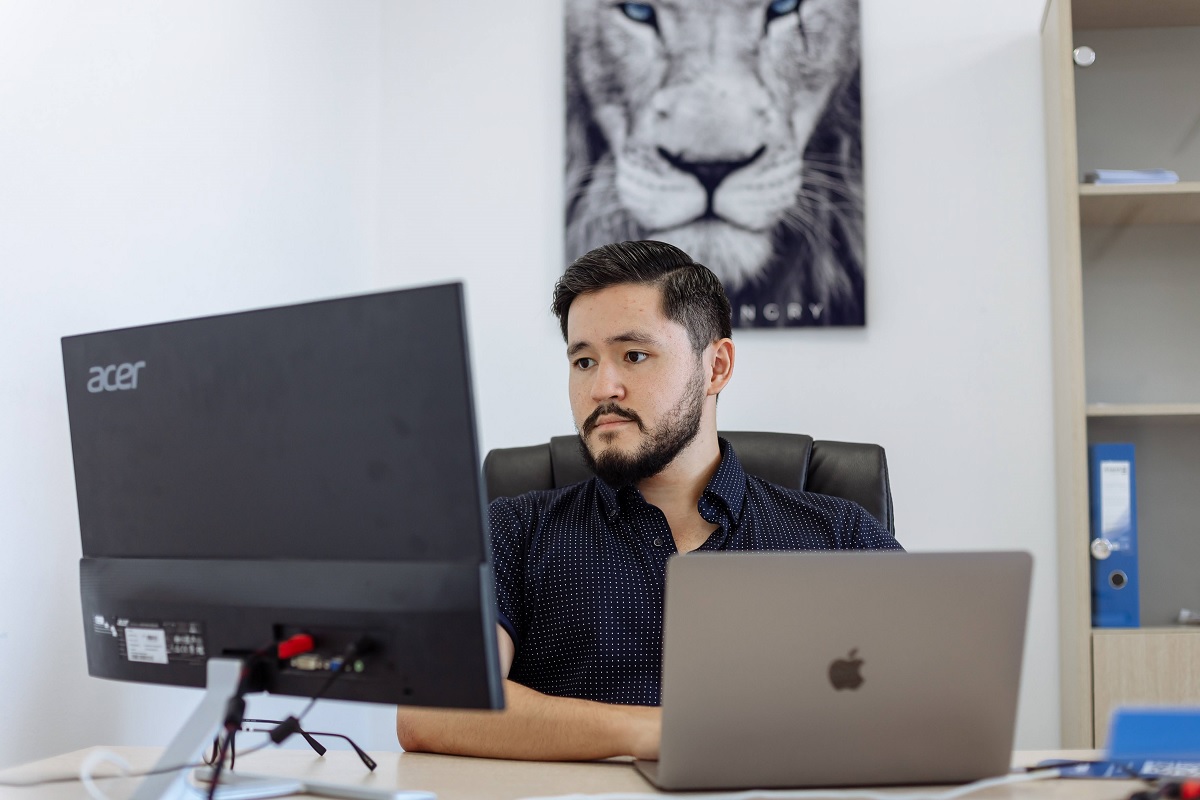
Meanwhile, I received a request from the National Center for the Quality of Road Assets, a subsidiary of KazAutoZhol, to develop a system for identifying defects in asphalt roads. The representative of this organization was the same person I had met in the cafe.
As a result, I decided to sell Greenbox for 500 thousand tenge and shift my focus towards this road defect identification project.
– What led you to choose developing software for a state-owned company over continuing with a profitable business?
– This project is larger and holds more promise. Moreover, the terms offered were highly advantageous, as the customer financed all development efforts. This led to the establishment of our company, Smart System Technologies.
While collaborating with the National Center for the Quality of Road Assets, we learned not to rely solely on service fees from them. Instead, we've jointly focused on selling this system to other companies within Kazakhstan. This approach is now our current strategy. Furthermore, we've secured the rights to sell licenses in other countries, with our entry into the Russian market already achieved.

The Smart Road Diagnostic System is designed to scale, addressing road defect identification issues present in other CIS countries as well. However, our immediate plan does not involve aggressive product promotion. This is due to the need for engaging with the B2G (Business-to-Government) sector, which we believe may be time-consuming. As a young and ambitious team, we prioritize rapid progress in our endeavors.
– What did you ultimately decide to prioritize as your focus?
– Our focus shifted towards the development of AI-based software for diverse industries. Collaborating with a drone company, we successfully created a program capable of fire detection. This involved training a neural network, collecting datasets, conducting a pilot project, and ultimately launching the Forest initiative. The idea behind it is straightforward: drones monitor forest areas, and when a fire is detected, the system promptly sends out a signal with the fire's coordinates.
In an effort to promote this technology, we extended a free pilot project offer to the Kazakhstan Ministry of Emergency Response. Despite sending a detailed letter outlining the project, we did not receive a response. It seems that our proposal may have encountered delays in the bureaucratic approval process.
“By leveraging historical data, it's feasible to minimize empty carriage operations, achieving a reduction of at least 10%, and ideally up to 40%”
– What inspired the conception of MultiCode?
– Upon the launch of the Smart Road Diagnostic System, we entered the corporate accelerator by NURIS. We were contacted by the owner of carriages who faced a challenge in planning freight via railroad transport.
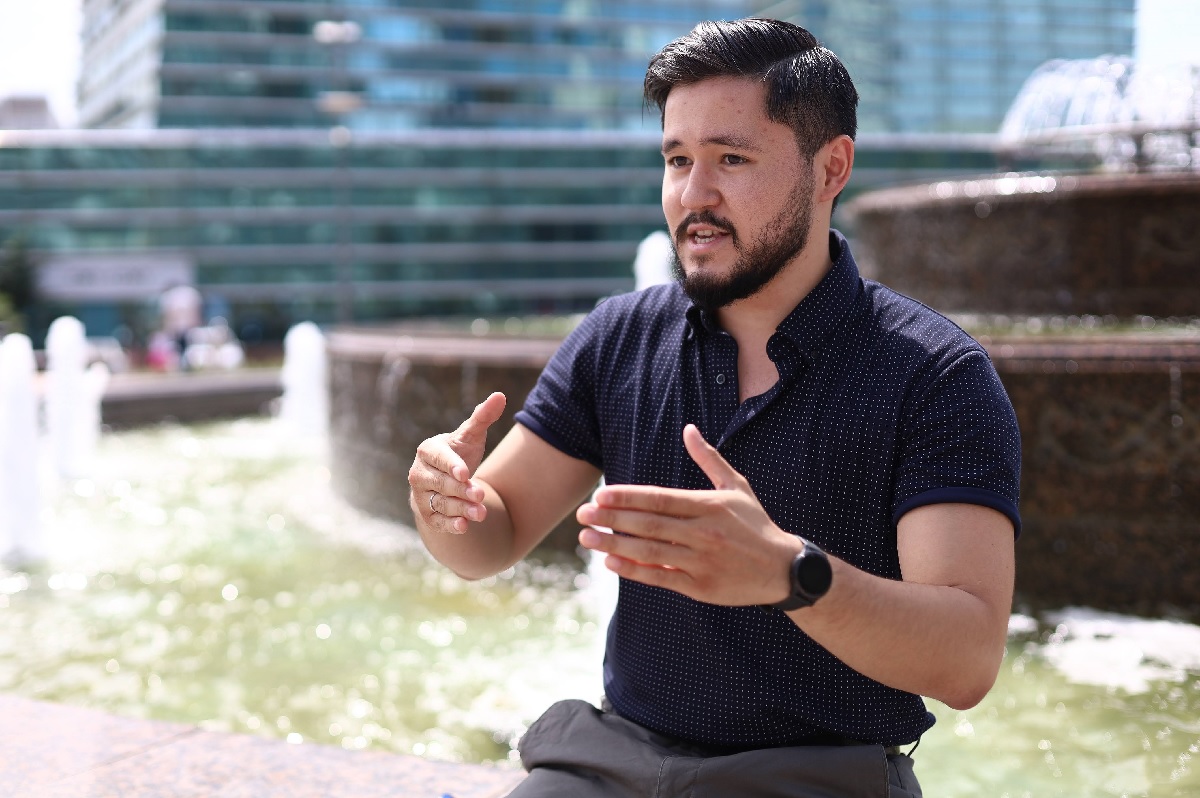
What was the issue he was dealing with? Various companies would request, let's say, 50 carriages for transporting goods, and these orders were collected through WhatsApp. At the start of each month, a dedicated specialist distributed these orders. However, there was no advanced analysis to determine if there would be sufficient transportation means to fulfill these obligations on time. Furthermore, there was no clarity on how long the specified number of carriages would remain idle or travel empty.
We scrutinized this situation and realized that the railroad freight market in Kazakhstan lacked digitalization. Beyond the national railway company, KTZh, there were numerous private companies with extensive rolling stock. Consequently, we decided to develop an algorithm capable of aggregating historical data and using it to offer optimal routes to reduce empty trips.
Ultimately, we established a partnership with a company owning 3,000 carriages. They provided us with a data testing base and invested a total of $220 thousand in our project.
Over a period of about 6 months, we rigorously tested the algorithm on various orders. We discovered that by utilizing historical data, it was possible to minimize empty carriage operations, achieving a reduction of at least 10%, and potentially up to 40%. This, in turn, enables owners to earn tens of thousands of additional dollars per month.
– What factors played a role in achieving these outcomes?
– Working with data. Today, many carriage companies rely on outdated Russian ERP software, which struggles to handle large data volumes, including order numbers, freight destinations, kilometer performance, and more. However, it's essential to maintain a historical record for each carriage to assess profitability and potential efficiency improvements.
To enhance the appeal of our solution, we opted to create a comprehensive SaaS product. The system leverages historical data to determine when and where a specific carriage should travel, aiming to minimize idle time or empty travel.
In practice, this translates to situations where miscalculations occur. A company might assume a carriage traveling at 200 km per day can reach a destination 1000 km away in 5 days. However, historical data reveals it's not feasible due to factors like seasonality and station load. The actual scenario might take 8 days, resulting in 3 days of idle time due to erroneous planning.
Our system analyzes all feasible transportation options within the specified period, presenting the dispatcher with a plan that minimizes empty travel or maximizes profit based on historical data.
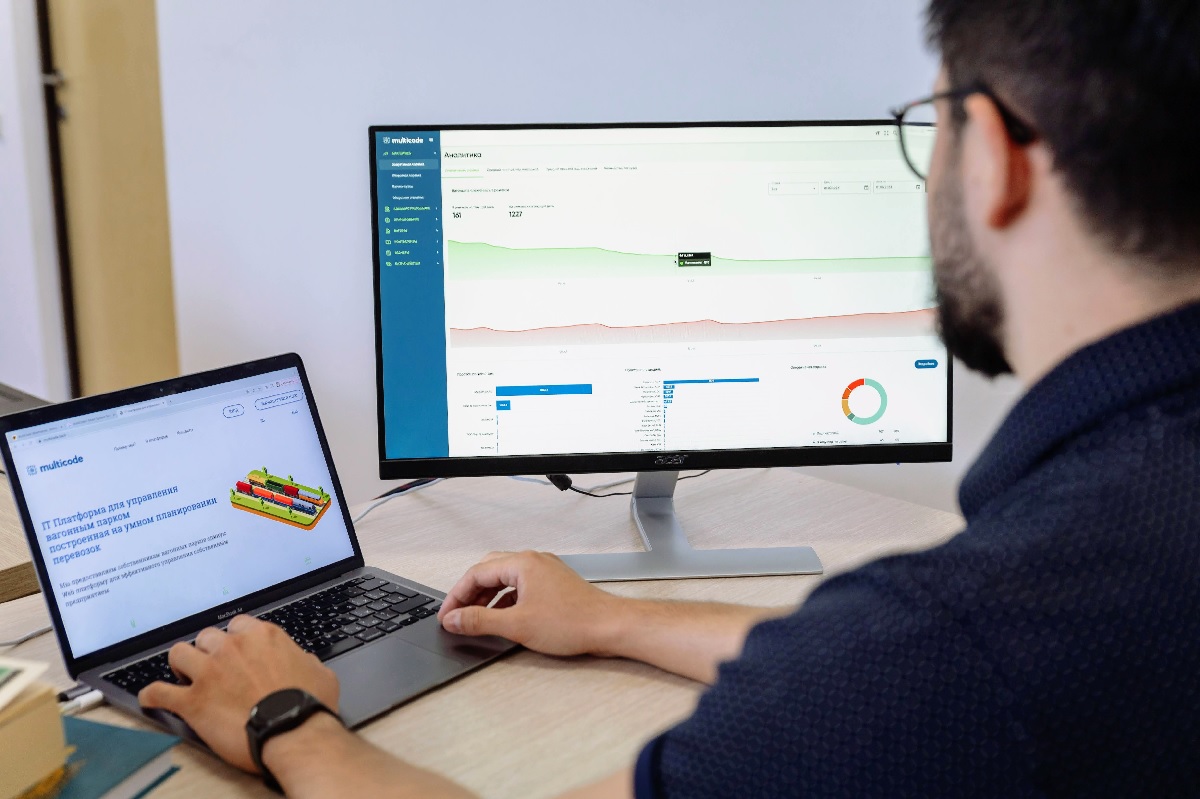
We also address the issue of lost carriages. In a stock of a thousand carriages, it's not uncommon to lose several tens of them. Dispatchers sometimes forget about available empty carriages, resulting in the loss of 40-50 carriages daily. While such occurrences are deemed normal due to the human factor, the company incurs significant financial losses.
– To what extent can your assistance lead to additional earnings?
– The potential additional earnings vary based on the number of carriages. On average, it amounts to around $20,000 per month. Individually, each carriage has the potential to contribute an extra $20, with $12 of that attributed to reduced empty travel costs.
When a carriage travels empty, the company incurs expenses, including railroad usage fees and other costs. An additional $8 can be gained through the prevention of carriage data loss. This data subsequently aids in optimizing routes and making more efficient use of available resources in the future.
“Securing an agreement without a complimentary pilot is exceedingly challenging”
– Who comprises your client base?
– Our clients primarily belong to the B2B segment, specifically carriage stock operators with a combined total of 6,000 carriages. Additionally, there are 60,000 carriages from various companies, including the subsidiary of KTzh, that are in line to be integrated into the system.

Honestly, initially, we weren't too keen on engaging with the B2G (Business-to-Government) sector. Communicating with this sector can be quite challenging and time-consuming. However, we were fortunate to come across individuals who actively advocate for digitalization, and this has certainly simplified our journey.
– Do you face challenges when persuading new customers?
– When it comes to our market, securing an agreement without a free pilot is nearly impossible. Those responsible for freight planning tend to adhere to the belief that it's best not to interfere with what's already functioning. Overall, in our country, particularly within conservative industries, the introduction of new technologies often encounters significant resistance.
– So what can be done?
– It's essential to identify early adopters and help them recognize the long-term benefits of adopting new technologies. What's even more crucial is helping them understand that by embracing these innovations, they enhance their economic standing and gain a competitive edge over their peers.
As we accumulate a series of successful cases within Kazakhstan, the process of promoting our product becomes smoother. We're already witnessing this trend in action. When we showcase the tangible improvements we've brought to the companies collaborating with us, potential customers show a heightened interest in listening to our proposition.
– You also mentioned the aspiration to bring an Uber-like transformation to the railroad freight forwarding market…
– Yes, we indeed have this idea. We thought it would be fantastic to establish a unified system that big players like Coca-Cola could use to order, say, 30 carriages from various stocks. It's a mutually beneficial scenario where the customer saves time finding the required transport, and the stocks reduce empty carriage travel.
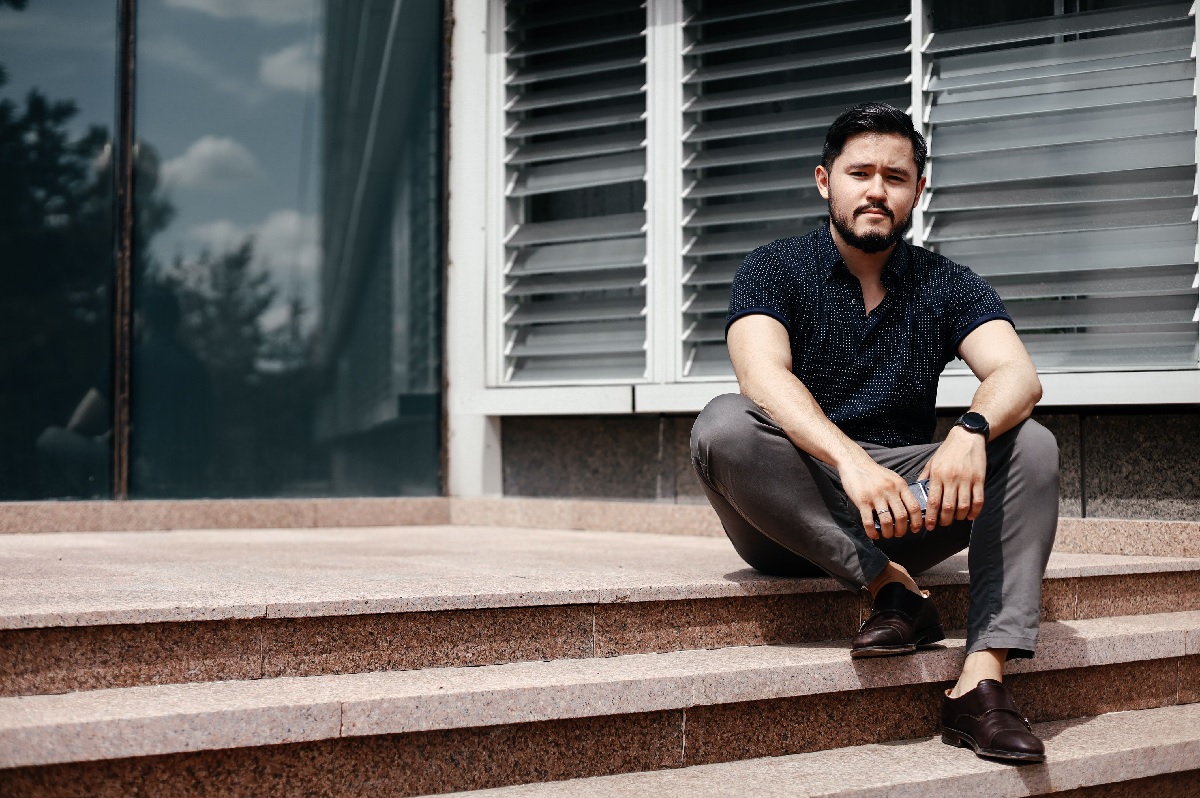
However, we had to put these plans on hold. We discovered that carriage owners are extremely protective of their customers and often choose not to share them. They fear that a competitor might swoop in with more appealing terms and snatch away the customer. This fear has led to rejections from them. As a result, the hypothesis of an Uber-like transformation isn't working yet.
Nonetheless, we won't abandon this idea. We aim to onboard more carriage owners onto our system and conduct further testing. Demonstrating that everyone stands to benefit is crucial.
– What is your monetization strategy?
– We monetize through subscription plans. Each carriage contributes between $2.5 and $5 per month, resulting in robust profits. Our monthly revenue hovers around $10 thousand, with commitments totaling $150 thousand. Achieving operating profit requires connecting at least one more operator, and fortunately, we have a queue of 5-6 potential operators in line. So, profitability is a matter of time.
Currently, our company is valued at $8.3 million. However, we're confident that we can double this valuation in the near future. As we onboard new partners, we anticipate substantial traction. The fact that we operate within a rapidly growing market provides solid grounds for this price appreciation.
“It's not particularly prudent to expand into a foreign market when your financial situation is just barely making ends meet”
– Do you have intentions to extend into additional markets?
– We hold a keen interest in the CIS countries, where a total of 1.5 million carriages operate. The wheel track matches that of Kazakhstan, so no major adaptations are necessary.
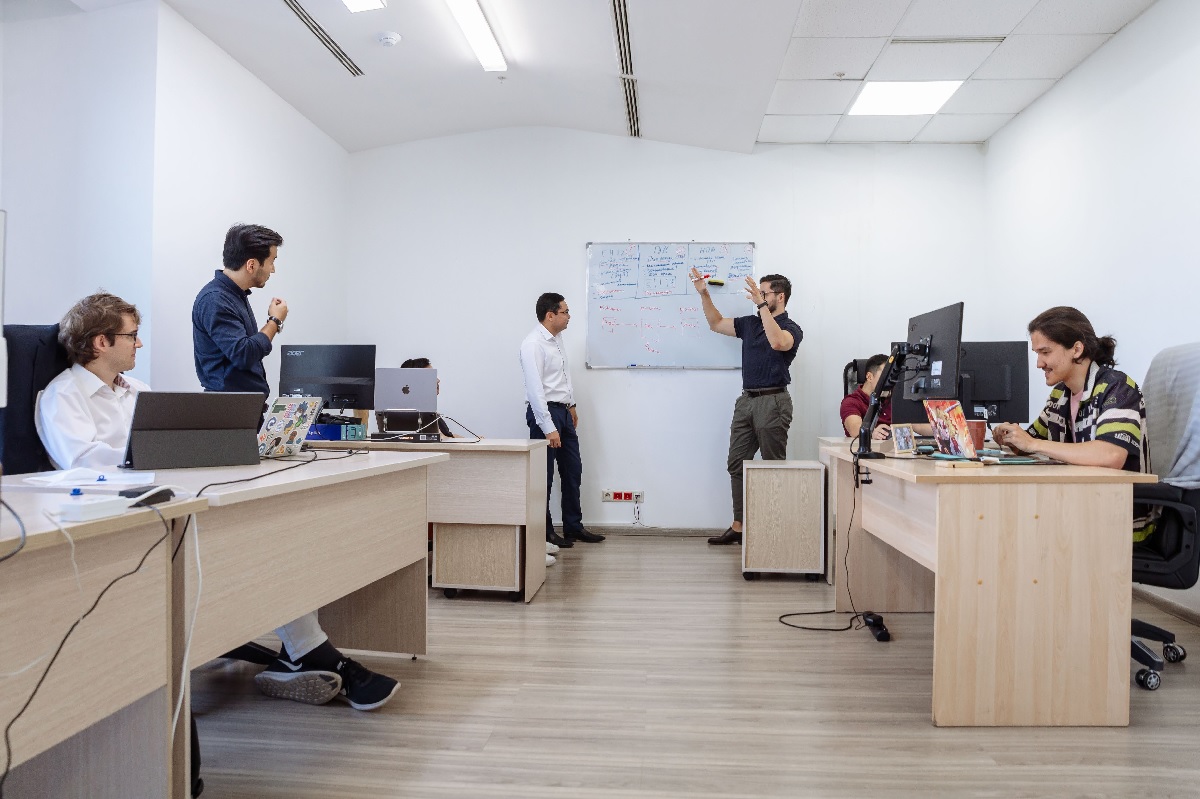
We've engaged in discussions with carriage owners from Russia and Latvia to initiate pilot programs. While there's genuine interest in our product, entering these markets proves to be quite challenging. Established companies, dating back to the 2000s, have a stronghold on these markets and are not eager to share their position.
Additionally, we've had conversations with representatives from the Kyrgyzstan railroad, but no concrete plans have been solidified. We're not rushing to rapidly expand into other markets.
– Why?
– Expanding into a foreign market while your financial situation is barely making ends meet isn't the wisest move. It's essential to first test the model within your own market and onboard as many companies as possible, including KTZh. Once other countries, like Russia, witness the automation of railroad freight forwarding in Kazakhstan, they'll likely express interest in our product.

Once we establish a strong footing within the CIS, we can consider progressing further. Markets like India, Latin America, and the USA appeal to us, and they face similar challenges. However, venturing there without adequate funds doesn't make sense.
Therefore, our current primary focus is on Kazakhstan.

